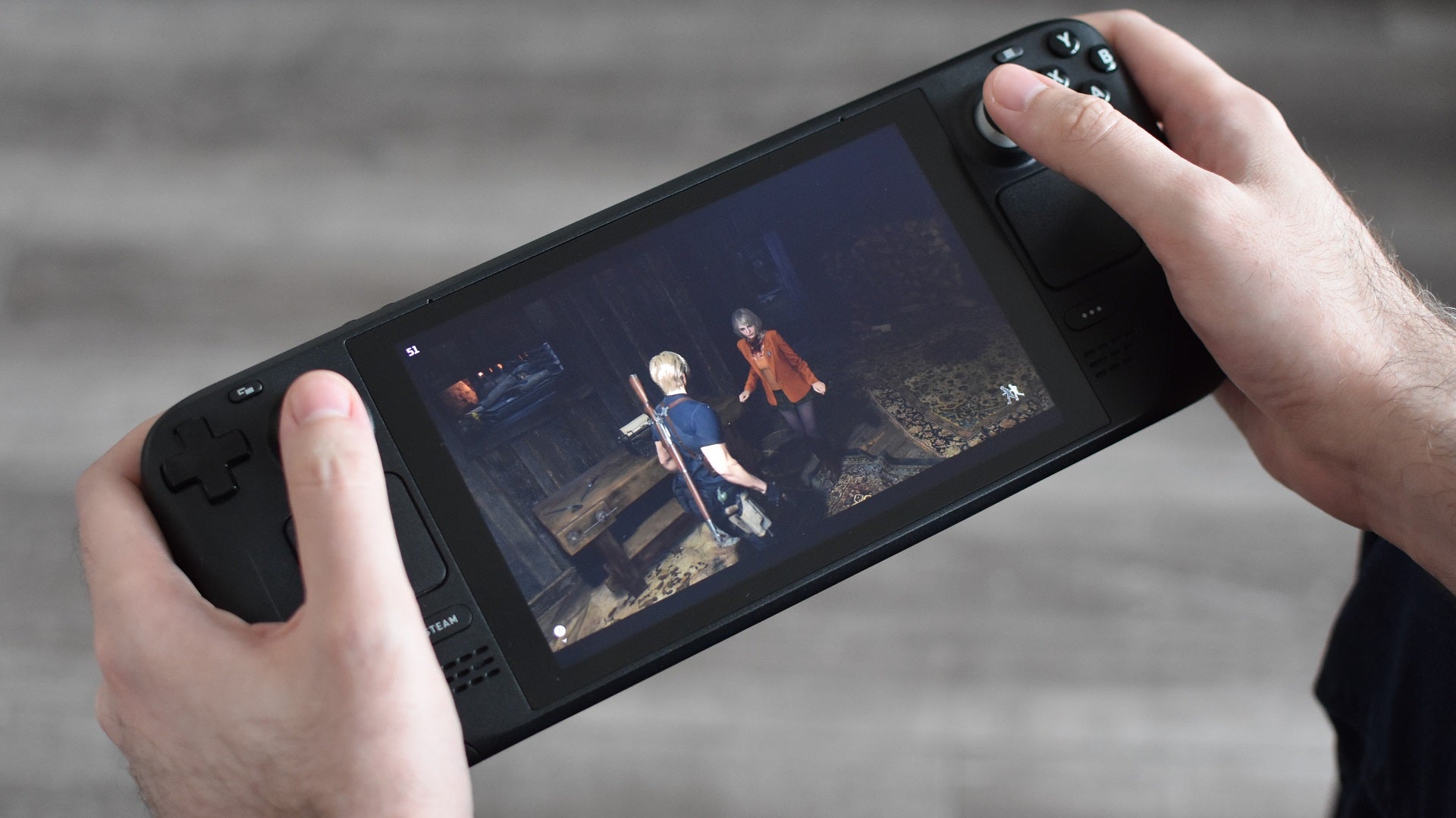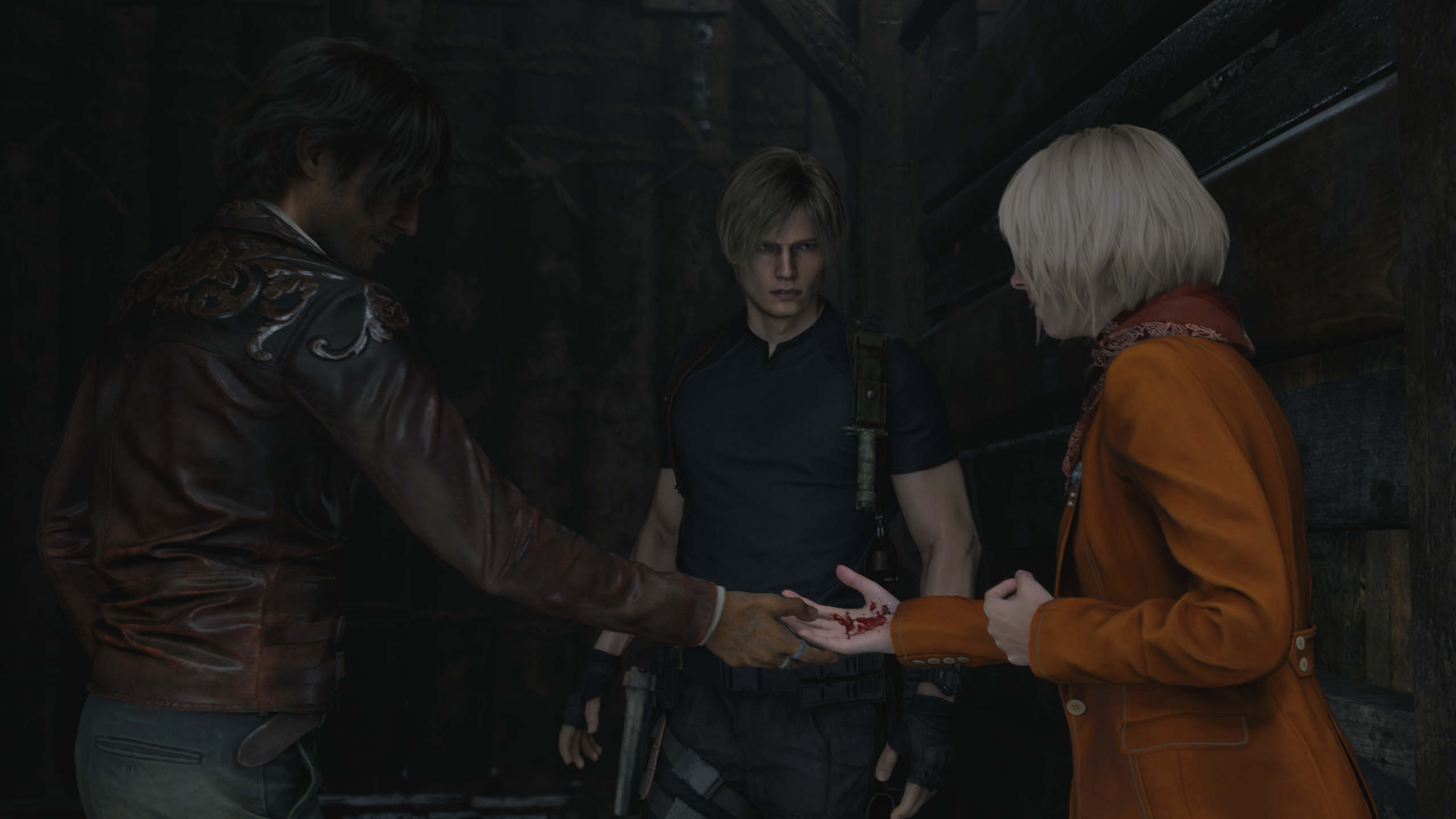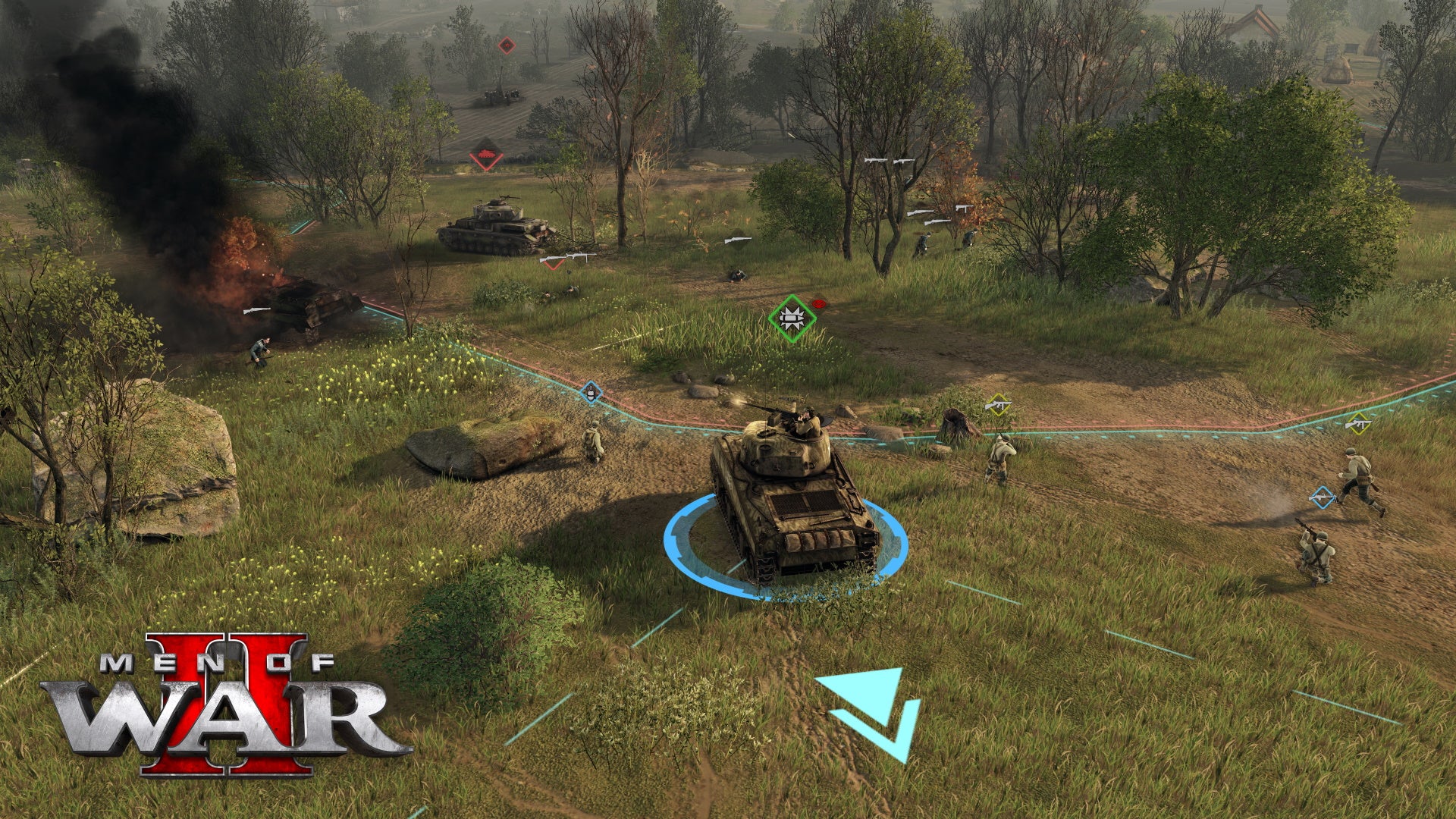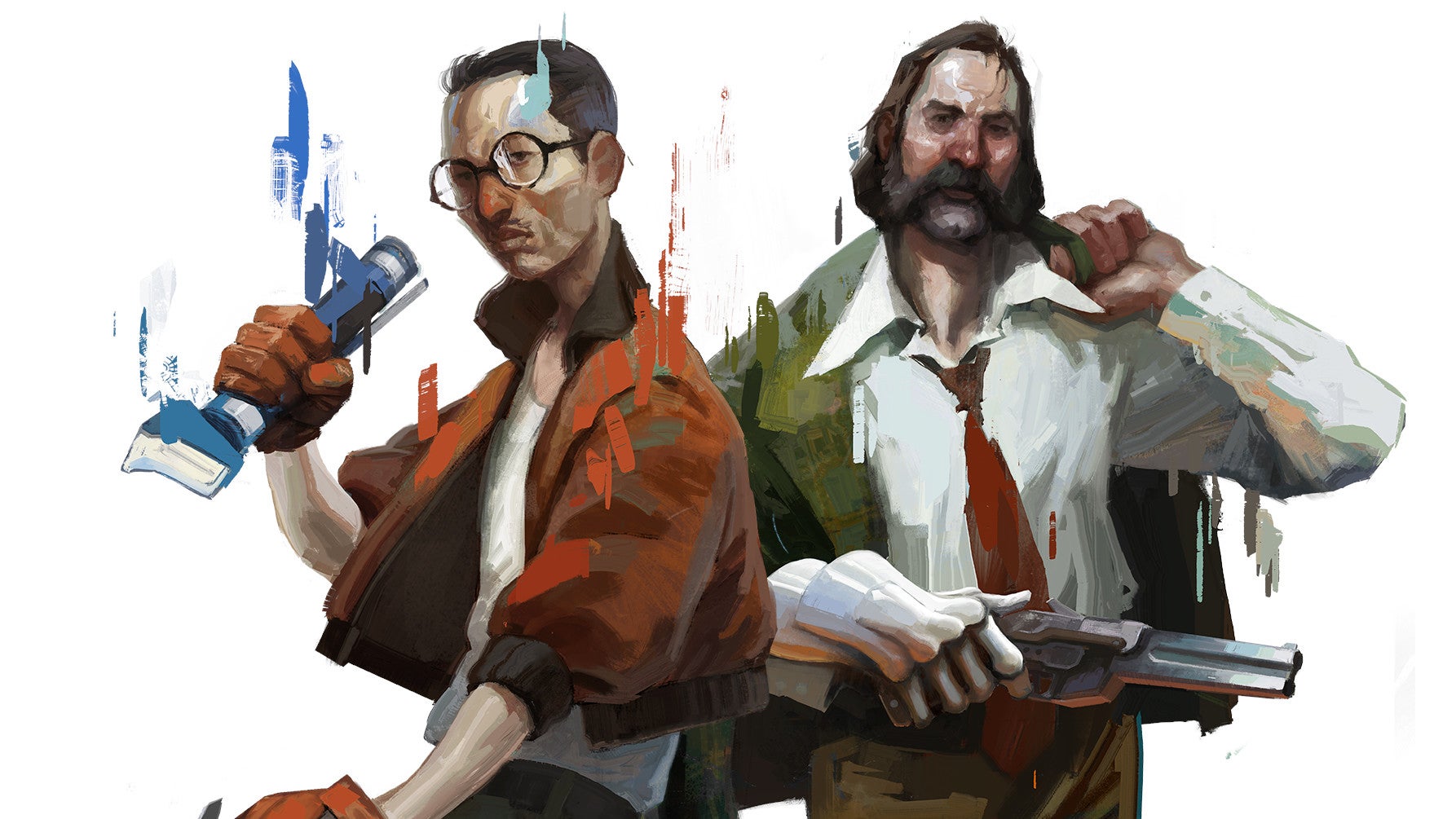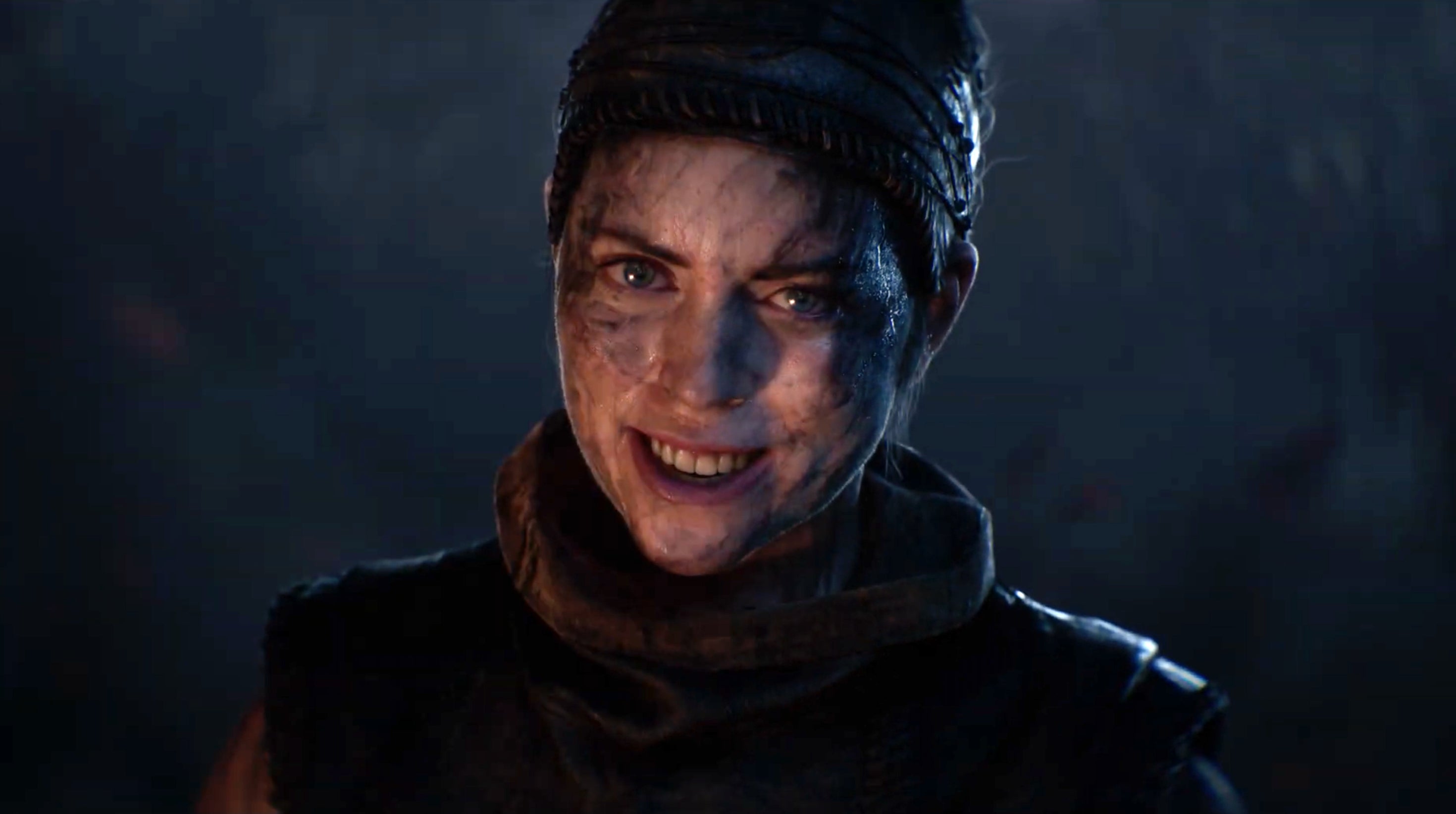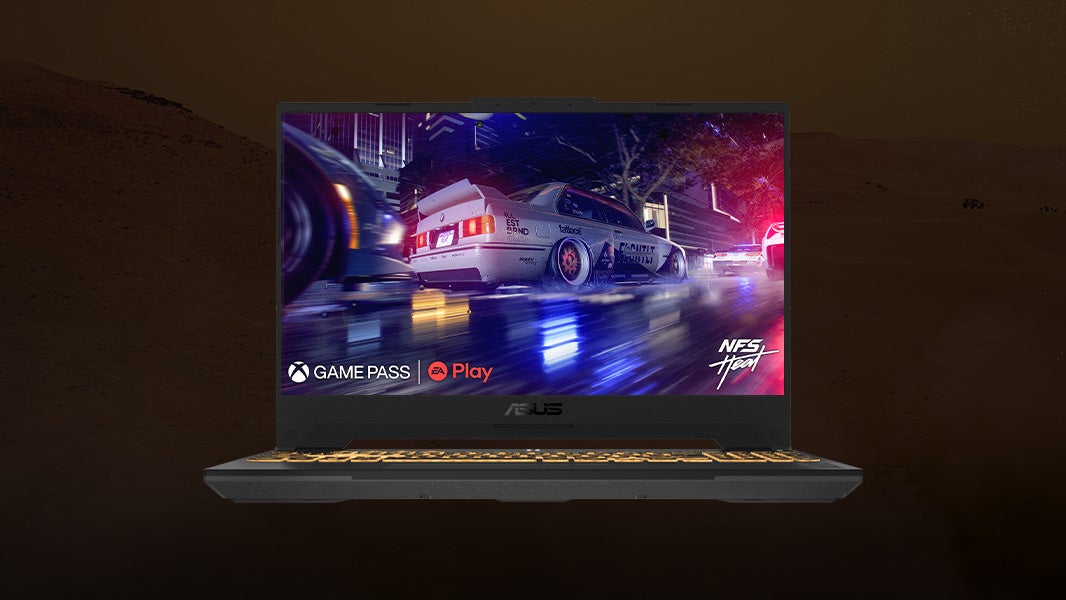
“Imagine someone saying ‘We need you to make a trailer for our movie, but we've only got half of the sets and props ready…” says Tim Bevan de Lange, Creative Director at Realtime Nordic, a studio that makes, specifically, video game trailers. “...and we haven’t actually shot anything, so you’ll need to do that yourself. Some of the actors won't come out of their trailers. One of them will but if you shoot him from the front you realise he's got no eyes, but don't show the audience that. It's not intentional, he's getting them fixed. Also can you film it twice, for different streaming platforms? Make a really good version for Netflix and a slightly worse looking one for Quibi.”
Every so often a game trailer comes along that makes me think, hang on, that was bloody brilliant! I bet some people made that! Most recently it was Creative Assembly’s Immortal Empires trailer. Well, I’ve been digging around and I’m happy to report that yes, although I’m the first one to just see a trailer as an algorithm trying to snatch my coin purse away like a manure-encrusted Victorian ne’er-do-well, game trailers are> made by humans. They're often humans who do it as as specific job, either in-house at a developer or as an outside agency like Realtime Nordic. Enlightened and enthralled, I asked some of them about what went into the strange space that is making the trailers for your favourite games.





